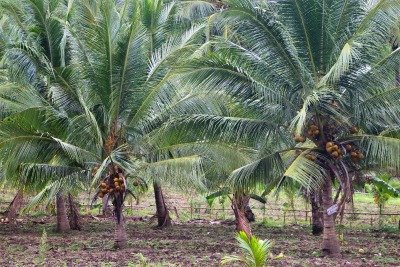Totipotency, also called totipotentiality, refers to the ability of many cells to retain the full genetic potential characteristic of the mature organism from which any of the cells were obtained, and thus enable the cell to regenerate the organism’s tissues and organs under favorable conditions.
The possibility of regenerating an entire plant from a single or few non-zygotic cells was proposed by Gottleib Haberlandt (1854-1945) in 1902.
Haberlandt is now popularly called the Father of Tissue Culture.
This ability to regenerate the missing parts of a mature plant has already been known many times in the distant past.
This is the case when vegetative organs or parts, such as tubers, storage roots, and plant cuttings are used to propagate plants.

